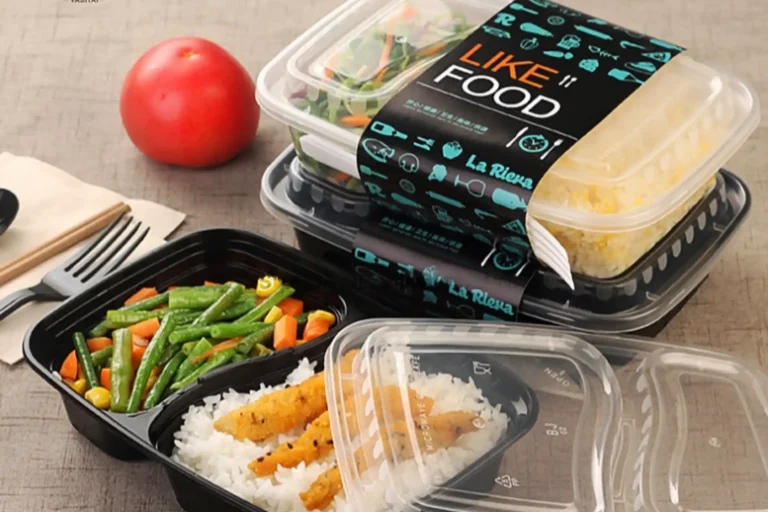Understanding the Recycling Process of PET Cups
PET (polyethylene terephthalate) cups are ubiquitous in modern society, used for everything from soft drinks to fruit juices. However, what happens to these cups once they’re disposed of, and how does the recycling process work?
The recycling process of PET cups begins with collection. Once used cups are discarded, they are typically sorted and collected through municipal recycling programs or specialized recycling facilities. It’s essential to separate PET cups from other materials to ensure efficient recycling.
Next comes the sorting and cleaning stage. The collected PET cups are sorted based on their resin type and color to remove any contaminants such as paper labels or leftover liquids. The cups are then thoroughly washed to remove any remaining debris or residue.
Once cleaned, the PET cups are shredded into small pieces known as flakes. These flakes undergo a process called decontamination, where they are subjected to heat and vacuum to remove any impurities or foreign substances. This step is crucial to ensure the quality and purity of the recycled PET material.
The purified PET flakes are then melted and extruded into thin strands, which are then cooled and cut into small pellets. These pellets serve as the raw material for manufacturing new PET products, including cups, bottles, and other packaging materials. The recycling process can be repeated multiple times without significant degradation in quality, making PET cups a highly recyclable material.
Recycling PET cups offers numerous environmental benefits, including reducing the demand for virgin plastic, conserving energy and resources, and minimizing waste sent to landfills or incinerators. Additionally, recycling PET cups helps mitigate the environmental impacts associated with plastic production, such as greenhouse gas emissions and pollution.
However, challenges remain in ensuring widespread adoption and implementation of PET cup recycling programs. These include increasing public awareness and participation, improving recycling infrastructure and technology, and addressing barriers such as contamination and market demand for recycled PET products.
In conclusion, understanding the recycling process of PET cups is crucial for promoting a more sustainable approach to plastic consumption and waste management. By investing in recycling infrastructure, raising awareness, and fostering collaboration between stakeholders, we can maximize the environmental benefits of recycling PET cups and move towards a circular economy.
